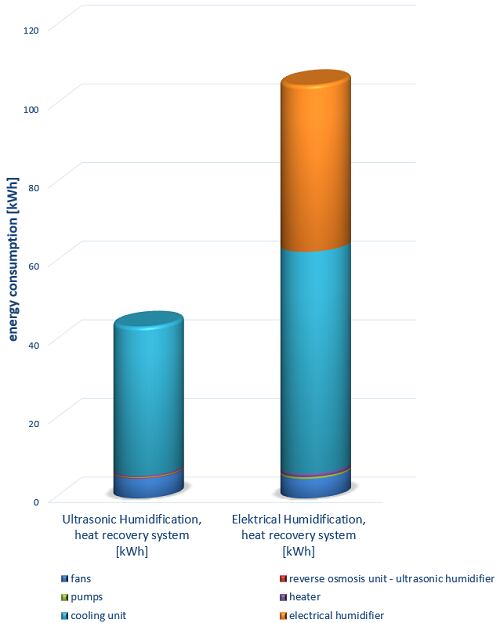The UltraBAK technology has been developed as part of a €2.2bn EU project NanoBAK2 - partly funded by the European Commission and kick-started in November 2013 by companies in the Netherlands, Spain, Germany, Belgium, France and Italy. The project aims to upscale and commercialize technology initially developed as part of the earlier NanoBAK project for SME bakers.
UltraBAK generates water droplets using ultrasound technology to proof bread as opposed to traditional steaming techniques. The method can significantly reduce energy consumption - by 60% -compared to steaming and can also improve loaf quality, ensuring improved moisture and better fermentation.
Contronics Engineering in the Netherlands is coordinating the three-year project set to come to an end in October.
Speaking to BakeryandSnacks.com, project manager from the firm Eric Bakker said market-scale testing was now taking place.
“There are eight different prototypes and all the bakeries and institutes are baking with this technology now…We are measuring differences such as energy used and the quality of the bread, and at the end of September we will make a final report,” he said.
The ultrasonic humidity technology was being tested in retrofit and new built machines to measure performance in both instances.
“It’s very promising – it will be good results, I’m sure of that,” Bakker said.
The proofing technology will be commercially rolled out by the end of 2015, once final reports are completed on performance.

The benefits?
The Nanobak2 team said the micro-droplet technology improved proofing because of high humidity levels, more uniformed moisture distribution and an optimal heat and mass transfer in the dough.
From an energy point of view, they said the technology could cut usage because it enabled bakers to reduce proofing times or lower proofing temperatures.
“This is explained by the fact that the equilibrium state between environment and dough piece is not only temperature dependent (the dough piece will assume the temperature of the environment after some time) but that the environment is also interacting with the ambient humidity,” they wrote.
From a product stand-point, the team said breads were more uniform and fresher with higher volumes, and improved crispness in the crust.
“Both the high relative humidity and the small droplet size avoid the well-known product surface drying and condensation effects in conventional process,” they said.
Beyond the proof
Beyond proofing, the team said bakers could use the technology as a single cooling unit, particularly for par-baked and fully baked breads.
“Instead of being sprayed into an enclosed space to provide moisture, the droplets are evaporated to chill air. This steam of air is then directed towards the bread,” they explained.
